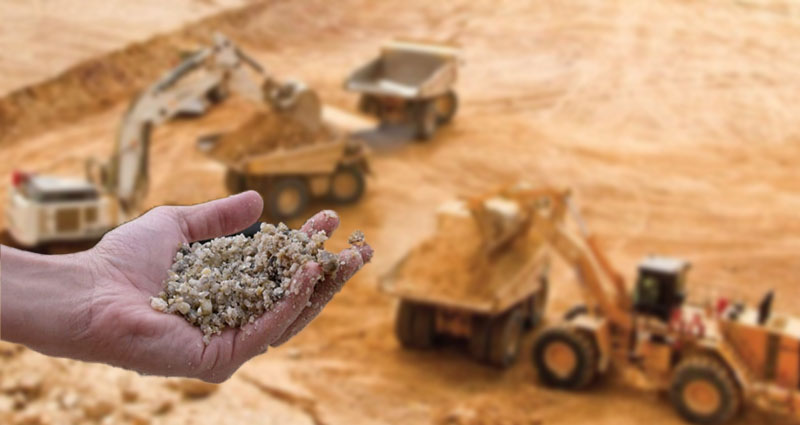Defining and Managing Surface Rights and Mineral Rights
Understanding the complex tapestry of land ownership entails dissecting the multilayered concepts of surface and mineral rights. This comprehension is crucial not only for landowners but also for firms and attorneys specializing in gas rights. Here we’ll navigate these intricate rights, how they are defined, managed, and legally bound, all the while ensuring that our exploration is as seamless as the natural resources lying beneath the Earth’s crust.
Surface Rights vs. Mineral Rights: An Overview
The surface of the land is just the beginning. Surface rights pertain to the use of the soil – to plant, build, or just to gaze upon the horizon. But there’s a story beneath, a narrative of wealth in minerals or gas that calls for a different kind of stewardship, one that a gas rights law firm would be well-acquainted with. Distinguishing these rights is paramount; while one owner may enjoy the fruits above ground, … READ MORE ...











